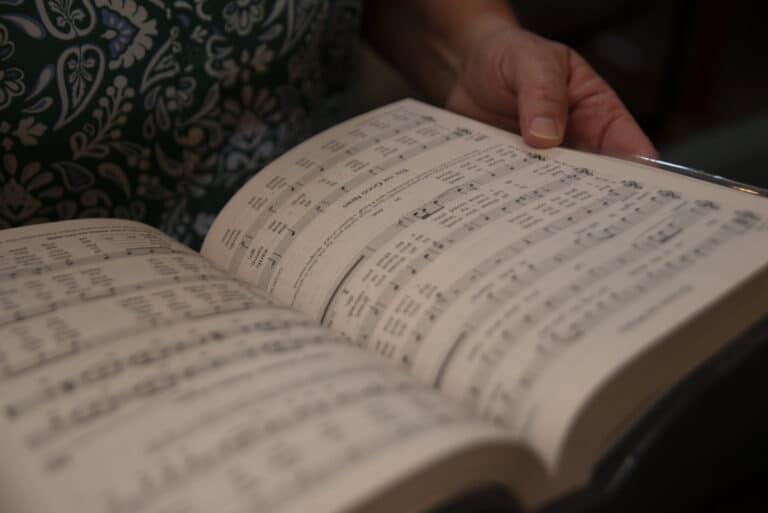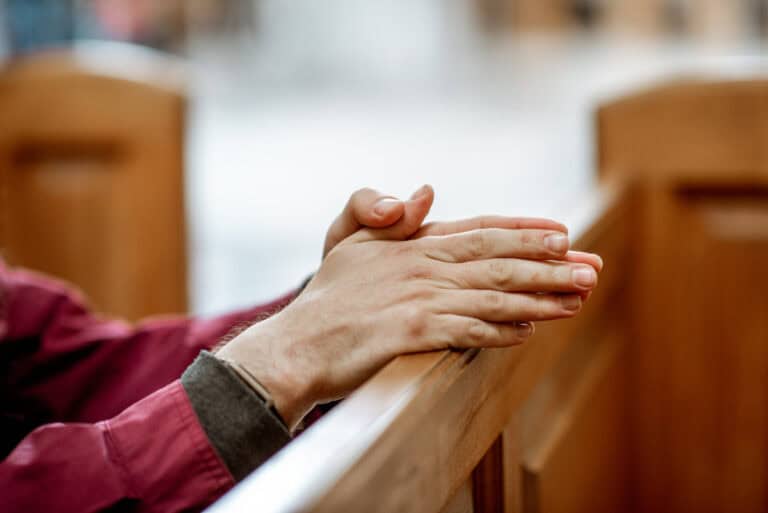With the Sacred Triduum in our rearview mirror, we look forward to celebrating these 50 days of Easter and on to the great celebration of the church, Pentecost.
Pentecost with its first reading from Acts 2 reminds us that the gospel is to be proclaimed throughout the entire world. People must hear the gospel in their own language, in their own culture, in their own situation. This idea of inculturation was an important part of the revisions from the Second Vatican Council.
Not only is the gospel proclaimed in different languages, but it is in diversity that we find our strength. This we see in our second reading — the body is one and has many parts and all the parts are necessary to the body. There is unity in our diversity. There is strength in our diversity. For this reason, we need to be challenged to celebrate this diversity. Yet what does this really mean for individual parishes?
Celebrating diversity with authenticity
Often in the liturgy on Pentecost, we try to shed light on our differences by engaging with multiple cultures and languages. Yet this offers a challenge as well. How do we allow ourselves to celebrate who we are as a parish with all our unique differences, abilities, languages, and countries of origin? And how do we go beyond mere tokenism? How do we embrace these changes and differences as various ways of the spirit speaking and blowing in our world, today and every day?
It must be a moment of conversion and transformation. I would strongly urge us to consider carefully what we do during the liturgy as a moment of radical change. A removing of blindness. It must come from the heart. If today is the only day we celebrate our diversity, then why bother?
The first step is to discern who really is in our parish, and whose culture is underrepresented. Like Jesus, we look to the margins and make sure that all people can participate in the community in their own way. We also must reflect on those whose voices are not heard in our community. Perhaps their absence says something about us. What do we need to learn to be able to share the gospel with them? Finally, what cultures do we need to be challenged to learn about as a church? Who have become “those people” to us?
After our prayerful reflection, then we can better plan and celebrate Pentecost.
Highlighting the languages of the community
Language is a common way we embrace diversity. There are many resources for choosing multilingual songs for mass. For predominately English-speaking communities, many songs have refrains that are not in English, or not solely in English, and easy to sing. Consider music the community knows and therefore understands. If you feel the pull to provide a worship aid with translation, I urge communities to do so sparingly. Does the community really need the words translated to join in a sung prayer? Will a worship aid with translation assist the singing or not?
The acclamations of the liturgy are another simple place to start. Here no translation should be necessary — we know what we are singing. Also, there are multiple settings with both English and another language.
Prayers of the Faithful are also a time when multiple languages or styles of speech can be used. However, that it may be prayed appropriately, native speakers should be invited to proclaim in their own language. That all may pray with understanding, consider an introductory phrase in the first language of the parish. For example, “For all our sick in mind, body, or spirit,” followed by the rest of the intention in a different language.
For communities where English is not the primary liturgical language, the reflections above remain. Of what cultures do each of us need to be mindfully inclusive?
Incorporating different styles of music and liturgy
Let’s also go beyond language. Style of music is important. Spirituals, chants, religious folk music. The repertoire is vast if we but look carefully. Perhaps our elder choir members or council will share their people’s sound and song?
Also, when we look to style, how do our parishioner’s ancestors begin prayer? What does a call to worship look like? Consider movement as well. What about the processions of mass? Is there a traditional procession for the entrance, gospel, or gifts that comes from a culture represented within your parish? Can it be incorporated on this day?
Extending the celebration through art, food, and stories
The environment is often forgotten on Pentecost as we transition from Easter to Ordinary Time. Besides our festive red, consider creating an enthronement. Invite parishioners to bring symbols, pictures, fabric, etc., of the lands/people they call home. Polish to Navajo to Irish to Kenyan pottery, carvings or weavings of many nations, pictures of ancestors — together these build a beautiful mosaic.
Finally, what happens after mass? Food is a common bond, and everyone likes a good potluck. Perhaps some people can share their family stories — ones passed on generation to generation. The common humanity breaks down walls and builds bonds. We eat and tell the old, old story.
Now is the time to consider how we will embrace the unity and the strength in our diversity — not only in celebrating diversity on Pentecost Sunday, but also in how we celebrate diversity in every liturgy and gathering within our communities.
Written by Mary Dumm, D.Min, who is a founding board member of CLEF and the pastoral associate at St. Blase Church in Sterling Heights, Michigan. Additionally, she teaches at Siena Heights University and SS. Cyril and Methodius Seminary.
Copyright © 2024 Catholic Liturgical Ensemble Formation
Looking for more resources? Search our full online library of CLEF Life resources, or sign up for CLEF Life email updates to receive the latest resource in your inbox once a week.



